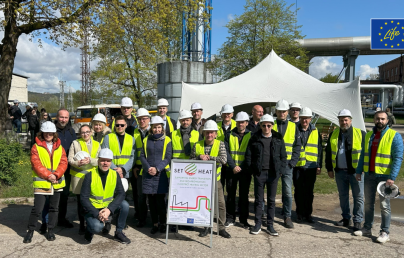
How to reduce the carbon footprint of the built environment: a discussion with Brent Trenga

How to reduce the carbon footprint of the built environment: a discussion with Brent Trenga
Brent Trenga, Director of Sustainability at Kingspan North America, highlights the need for the built environment to reduce its 42% carbon footprint by focusing on low-carbon materials, energy-efficient design, and adopting sustainable practices to achieve decarbonisation goals.
Brent Trenga is Director of Sustainability at Kingspan North America. In an interview with Sustainability Magazine, he discusses the significant carbon footprint of the built environment, which contributes 42% of global greenhouse gas emissions.
The main sources include construction material manufacturing, transportation, waste, and energy use in buildings. To reduce this footprint, the industry must focus on both operational and embodied carbon, emphasising energy-efficient design and low-carbon materials.
Trenga advocates for a whole life carbon approach, integrating sustainable practices, circular economy strategies, and renewable energy.
Setting Science-Based Targets (SBTi) is essential for accountability, while companies should act now to meet decarbonisation goals.

